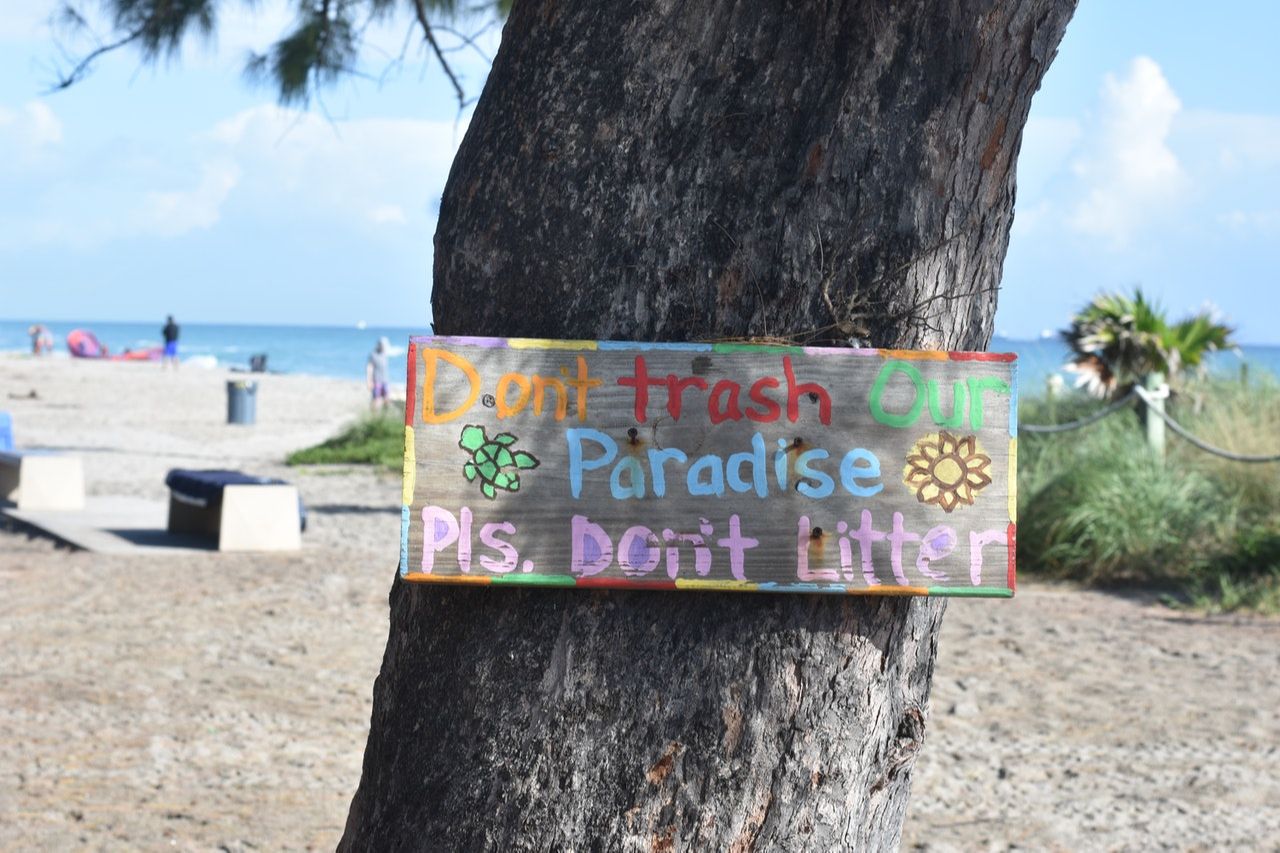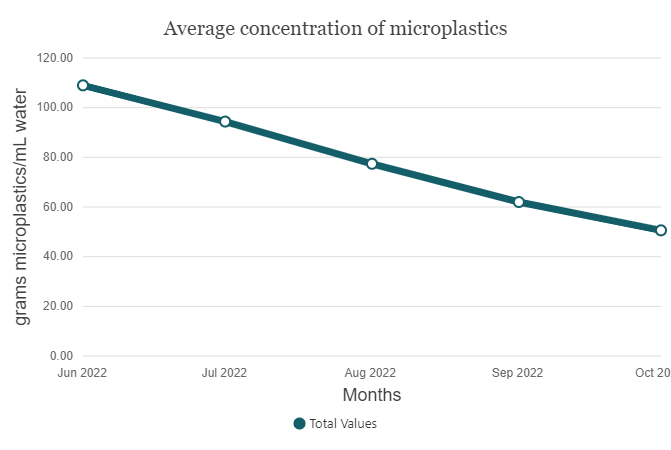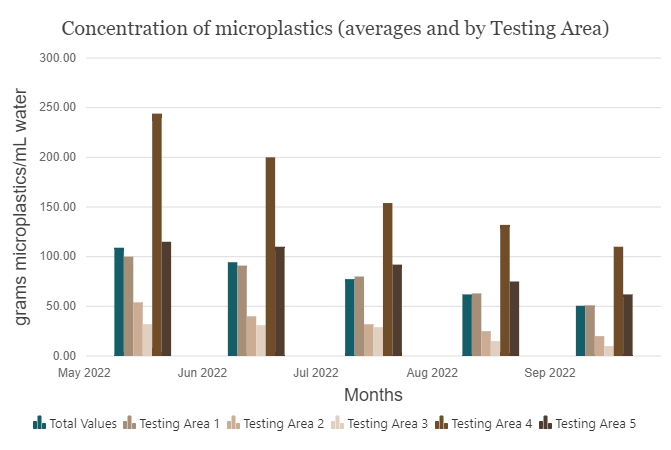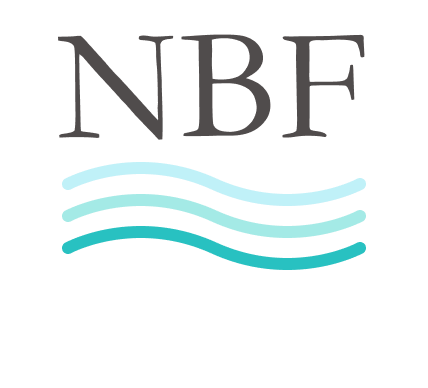
Millions of dollars and resources are spent each year in the U.S. and other countries around the world cleaning up plastics and other trash which passersby have carelessly left behind on the shorelines. Not only does this ignorant behavior jeopardize the natural beauty of the coastline but, worse, it can have devastating impacts on the abutting waters. 90% of the time, a combination of wind and the tide end up forcing shore trash into the ocean, choking ocean creatures and killing ocean plant life which, in and of itself is upsetting, but also causes a domino effect of disrupting the natural balance of our marine ecosystem. Moreover, UV radiation from the sun can cause plastics to break down into microplastics which, when ingested can be harmful to both animals and humans.
The National Beaches Foundation has partnered with Waters International and nonprofit Looking out for Marine Life to launch Keep Our Beaches Beautiful (KOBB) to mitigate this issue.
"Each year, billions of pounds of trash and other pollutants enter the ocean. Where does this pollution come from? Where does it go? Some of the debris ends up on our beaches, washed in with the waves and tides. Some debris sinks, some is eaten by marine animals that mistake it for food, and some accumulates in ocean gyres." - NOAA, 2020
This program is currently being piloted in Santa Cruz, California and includes a few key initiatives:
- Reduce businesses' use of single-use plastics: We are working with businesses by the Santa Cruz boardwalk and other businesses near the beach to disincentivize using single-use plastics. If businesses can prove that they continue to remain below a certain threshold of using single-use plastics, they will receive a tax credit at the end of the year
- More recycling bins: Volunteers from Looking out for Marine Life are placing 100 more recycling bins along the shore, near places where beachgoers congregate to increase the chance of plastics being recycled rather than ending up on ground or on the sand.
- Testing water samples: Scientists from Water International are testing water samples from Santa Cruz and surrounding waters for the presence of microplastics. The evidence from this study will be used to apply for grants to for programming to support reduction of single-use plastics.

Data collection for the KOBB project started in June 2022, and the above chart demonstrates what has been achieved so far based on the efforts listed above. There's clearly a decreasing trend in the average concentration of microplastics in Santa Cruz area beaches. The below chart shows both the averages as well as a breakdown by different testing areas.

We at the National Beaches Foundation truly appreciate the ongoing support of our partner organizations and donors to support the effort to keep our beaches, beautiful, marine life safe, and humans healthy. If you feel moved to become a part of this effort either as a volunteer or donor, please reach out to us through our website or by giving us a call.
Disclaimer: This story was composed for sample purposes only and does not represent actual organizations or projects. Images and videos used in this piece were sourced from publicly available content.
